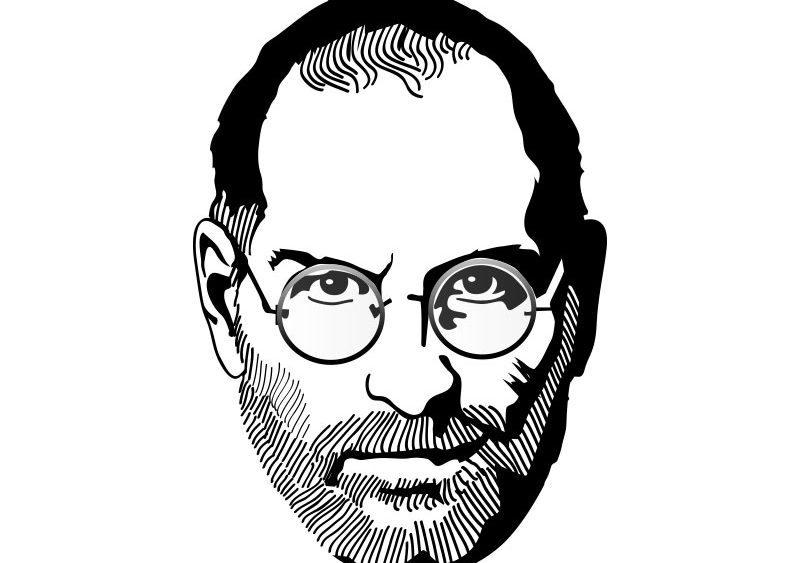金刚玻璃
Jobs became infatuated with different materials the way he did with certain foods.
乔布斯很喜欢在做一样东西时尝试用不同材料,就像他对待某些食物时那样。
When he went back to Apple in 1997 and started work on the iMac,
1997年,他回归苹果后,开始着手制造iMac,
he had embraced what could be done with translucent and colored plastic. The next phase was metal.
用半透明和彩色塑料做出了漂亮的产品。接下来是金属。
He and Ive replaced the curvy plastic PowerBook G3 with the sleek titanium PowerBook G4,
他和艾弗用光滑的钛板制作出PowerBook G4,淘汰了塑料外壳的PowerBook G3,
which they redesigned two years later in aluminum, as if just to demonstrate how much they liked different metals.
两年后又用铝制材料对该款电脑进行了重新设计,似乎只为了证明他们非常喜欢尝试不同的材料。
Then they did an iMac and an iPod Nano in anodized aluminum,
之后,阳极电镀铝板被用在了iMac和iPod Nano上,
which meant that the metal had been put in an acid bath and electrified so that its surface oxidized.
这种材料是将铝进行酸浴和电镀,使其表面氧化。
Jobs was told it could not be done in the quantities they needed, so he had a factory built in China to handle it.
乔布斯得知这种材料的产量达不到他们的需要后,就在中国兴建了一家工厂进行生产。

Ive went there, during the SARS epidemic, to oversee the process.
非典期间,艾弗前往该厂监督流程。
"I stayed for three months in a dormitory to work on the process," he recalled.
“我在宿舍里住了3个月,改进流程,”他回忆道。
"Ruby and others said it would be impossible,
“鲁比和其他人认为不可能做到,
but I wanted to do it because Steve and I felt that the anodized aluminum had a real integrity to it."
但是我想做,因为乔布斯和我都觉得阳极电镀铝能够真正让产品完美起来。”
Next was glass. "After we did metal, I looked at Jony and said that we had to master glass," said Jobs.
再接下来是玻璃。“在搞定金属材质后,我看着乔尼说,我们必须掌握玻璃材质的使用。”乔布斯说道。
For the Apple stores, they had created huge windowpanes and glass stairs.
在苹果店,他们做出了巨大的玻璃窗和玻璃楼梯。
For the iPhone, the original plan was for it to have a plastic screen, like the iPod.
而对于iPhone,苹果公司原计划像iPod—样,使用塑料屏幕。
But Jobs decided it would feel much more elegant and substantive if the screens were glass.
但是,乔布斯认为玻璃屏幕会更好,感觉更优雅实在。
So he set about finding a glass that would be strong and resistant to scratches.
于是,他开始寻找结实耐划的玻璃。



